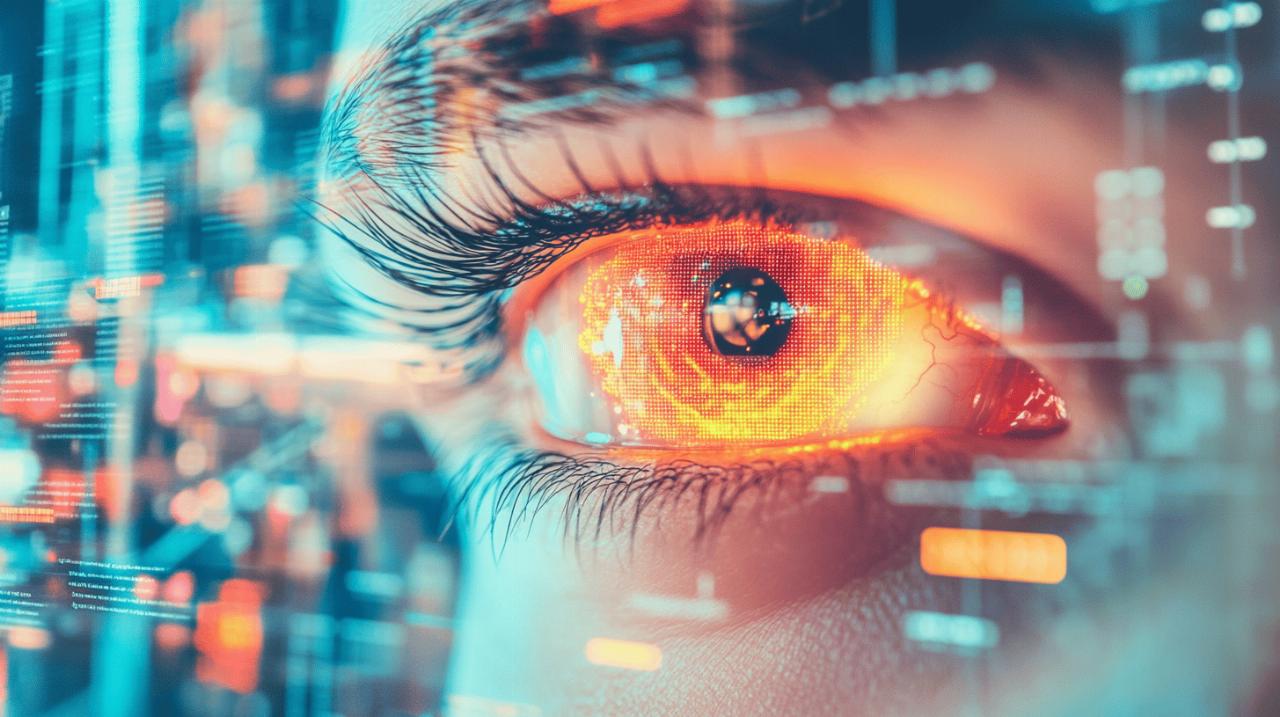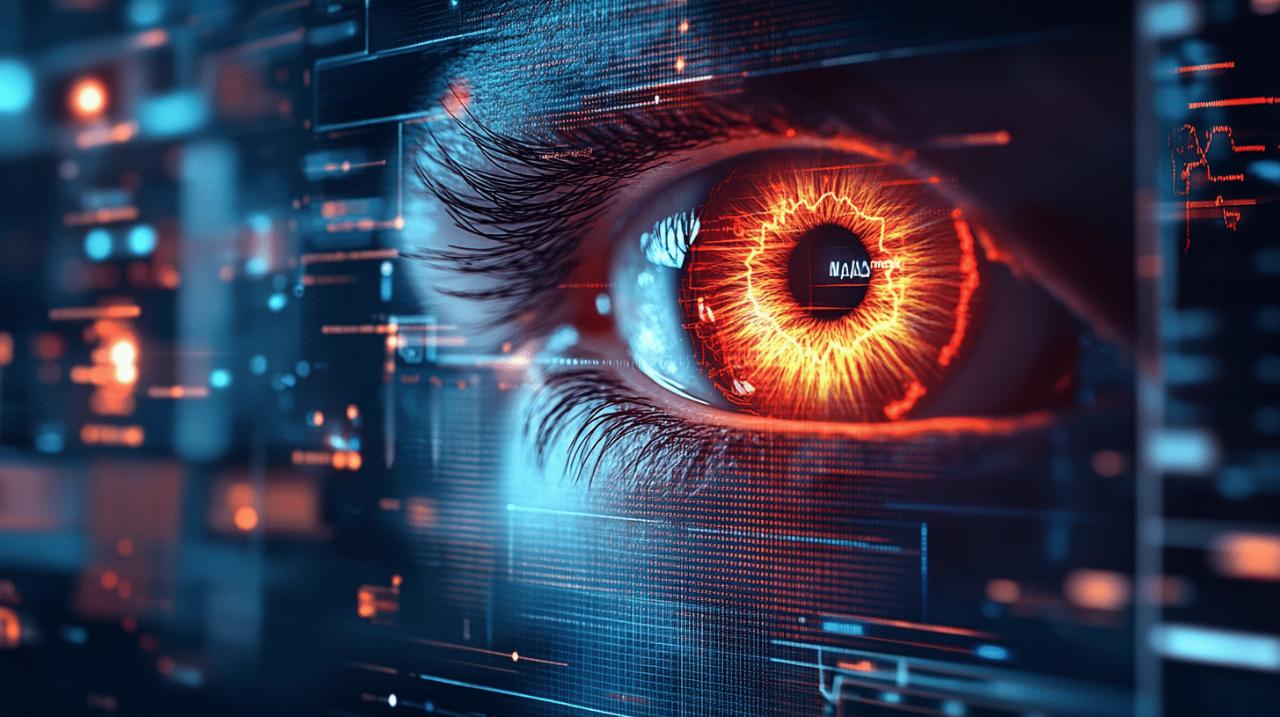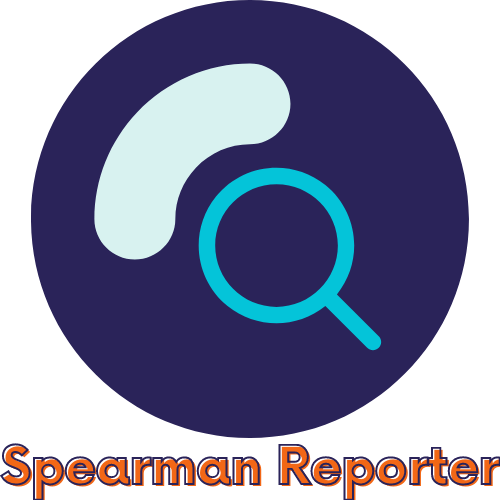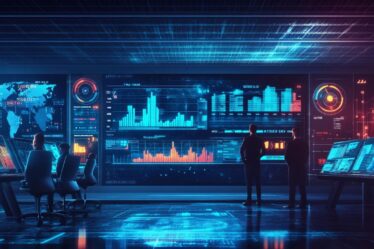
Eye-tracking heat maps represent a revolutionary approach for B2C store owners seeking to maximize their conversion rates through data-driven design decisions. These powerful visual tools reveal exactly where customers look, how long they focus on elements, and what captures their attention first – insights that can directly translate to higher sales when properly applied.
Understanding eye-tracking heat map technology
Eye-tracking heat map technology has transformed how online retailers analyze user interactions with their websites. By visually representing user attention patterns through color gradients, these tools provide crucial insights that can guide strategic design changes to boost conversion rates and enhance overall user experience.
How eye-tracking systems capture user attention data
Modern eye-tracking systems employ sophisticated technologies to monitor and record the exact movements of users' eyes as they navigate a website. These systems track both fixation volume (where users look) and fixation duration (how long they look), creating comprehensive datasets of visual attention patterns. The resulting heat maps visualize this information using color scales, with brighter colors like red indicating areas of high user engagement. Many businesses can learn more on https://puntolog.com/ about implementing these tracking technologies effectively. The collection process works seamlessly in the background, gathering valuable data about user behavior without disrupting their browsing experience.
Interpreting color patterns and gaze intensity metrics
The color-coded visual representations in eye-tracking heat maps reveal crucial patterns about how users interact with your store. Red zones typically indicate areas receiving intense focus, while cooler colors or transparent sections show neglected regions. Gaze intensity metrics measure both the frequency and duration of attention on specific elements. AI-powered attention prediction tools now offer remarkable accuracy – up to 94% for non-web images and 90% for web content. This technology helped companies like Filmelier increase CTA clicks by 258% by repositioning elements based on heat map insights, while Sport Chek boosted online transactions by 7.3% after highlighting key product information identified through click and scroll maps.
Strategic design modifications based on visual data
Eye-tracking heat maps have revolutionized how B2C online stores optimize their websites for better conversion rates. These powerful visual tools use color-coded representations to show exactly where visitors are looking, with brighter areas indicating higher levels of attention and interaction. By analyzing user gaze patterns, businesses can make data-driven design changes that dramatically improve sales performance. Heat map analytics provide objective evidence of what's working and what needs improvement, eliminating guesswork from the design process.
Studies show that organizations implementing design modifications based on eye-tracking data have achieved remarkable results. For instance, Filmelier increased CTA clicks by 258% simply by making call-to-action buttons more prominent after heat map analysis. Similarly, The Skin Deep lifted homepage conversions by 93% by optimizing layout and messaging using AI-powered attention heat maps. These visual tools come in several formats including click maps, scroll maps, eye-tracking heat maps, and mouse tracking maps, each providing unique insights into user behavior.
Repositioning key elements for maximum visibility
Strategic repositioning of critical website elements based on eye-tracking data can significantly boost conversion rates. Heat maps reveal exactly which areas of your page receive the most visual attention, allowing you to place key elements like CTAs, product information, and pricing in these high-visibility zones. SuperShuttle demonstrated this technique's effectiveness by repositioning their social media links based on heat map insights, resulting in substantial engagement improvements.
Sport Chek boosted online transactions by 7.3% by highlighting key product information identified through click and scroll maps. This data-driven approach ensures that vital conversion elements aren't hidden in low-attention areas. Modern AI-based tools like Attention Insight can predict visual attention patterns with 90-96% accuracy, allowing businesses to optimize designs before launch. Mobile optimization is particularly critical, as demonstrated by Augmented Classroom, which grew mobile app downloads by 180% by making download links more visible based on AI heat maps.
Creating visual hierarchies that guide purchase decisions
Heat map analytics enable businesses to design effective visual hierarchies that naturally guide visitors toward purchase decisions. By understanding the natural eye movement patterns of users, stores can arrange content in a way that creates a logical flow from attention-grabbing elements to persuasive content and finally to conversion points. This visual hierarchy helps visitors process information in the intended sequence, making the purchase decision feel natural and unforced.
Effective visual hierarchies start with high-attention elements that capture interest, followed by supporting information that builds value, and culminate with clear calls-to-action. Humana leveraged this approach by redesigning their banners based on heat map insights, resulting in a remarkable 433% increase in banner click-through rates. Tools like HotJar, Mouseflow, and VWO Insights make implementing this strategy accessible. The results speak for themselves – Omnisend increased demo requests by 30% using AI attention analytics from Attention Insight, while Leonardo Wolff, Founder of Eikonikos, directly attributes closing a $3K deal to heat map-guided design improvements.



